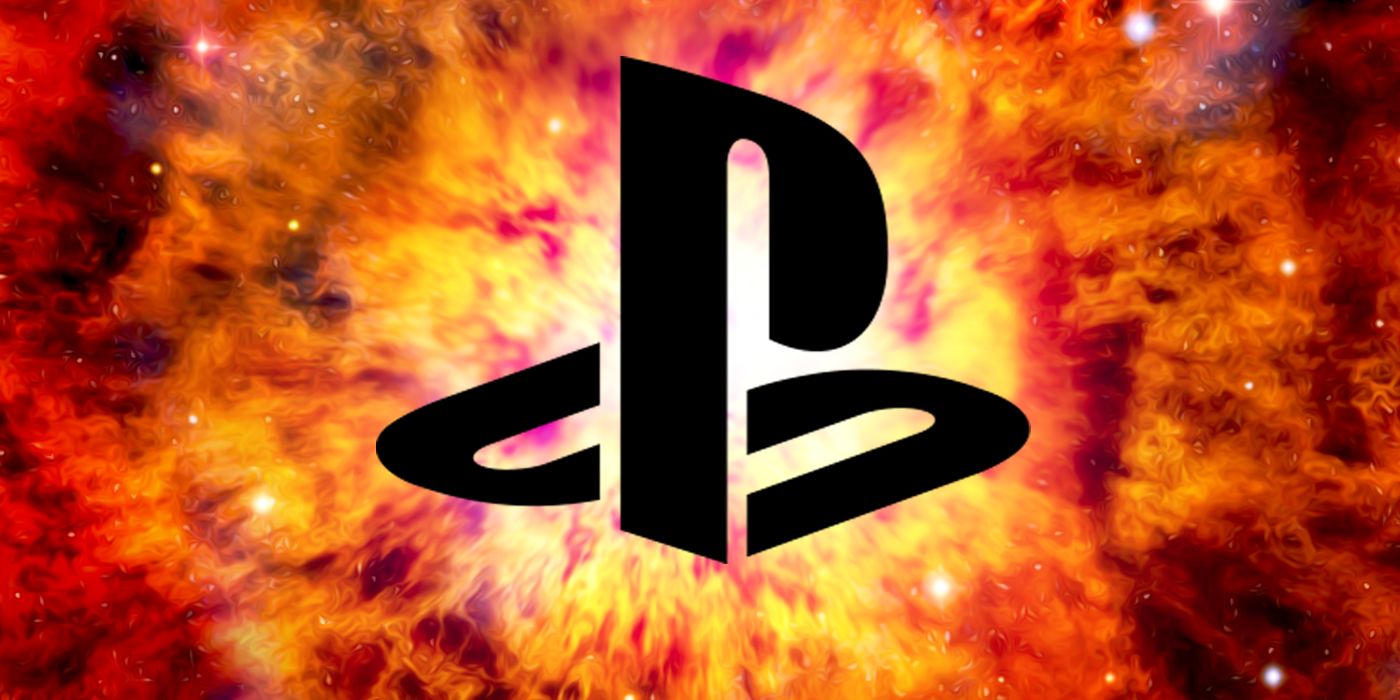The PlayStation 5 is still a long way out from release, but Sony still unveiled new PS5 details on what to expect from the upcoming ninth-generation console. System lead architect Marc Cerny held an hour-long press conference on March 18 to explain what he and his team have been working on, and what we could see in the final product.
Cerny focused on three major aspects: listening to developers, balancing evolution and revolution, and finding new dreams, with each segment covering a certain aspect of the PS5's hardware. It's a lot to take in for those who aren't tech savvy when it comes to console gaming, but in short, the PlayStation 5 is going to be an exceptionally powerful system thanks to enhanced audio, ray tracing and backwards compatibility. All of these new additions are great ways to improve the gaming experience, but one new feature is being described as the biggest "game changer" of them all -- and most people might not have even noticed it.
The improvement has to do with the inclusion of a solid state drive (SSD), which, according to Cerny, has been requested by game developers for quite some time. This is what is used to store data on a PC or console, similar to the hard disk drive (HDD) that the PS4 currently has. While an HDD offers more storage, an SSD is faster, lighter and uses flash memory. The PS5 will use a custom built 825 GB SSD that will greatly improve storage space for the large amounts of data needed to run certain games. But the custom SSD also serves a greater function: reducing load times.
According to Cerny, the PS4 hard drive can load 50-100MB of data per second. The goal for the PS5 was for the SSD to load 5GB per second, which is a significantly larger amount of data. What Cerny and the development team ended up getting with the PS5's SSD was 2GB of data loaded in 0.27 seconds. By comparison, it took the PS4 20 seconds to load that much data. With this enhanced loading speed, developers will be able to stream assets directly to a PS5 game rather than work around the limitations of the console and only load parts of the game up at any given moment. You can read a more detailed breakdown of this and other PS5 specs in CNET's breakdown here.
For gamers, this is a very big deal. Games are getting bigger, and with the increase in size comes a lot more data that needs to be stored onto the system. While there are a lot of games that run smoothly on current specs, there are plenty of others that suffer long load times because the system constantly needs to reload data. This is especially true in open world games that implement fast travel.
Even though you're getting to your in-game destination faster, you still have to sit and wait through a long loading screen and wait for the game to load up again. The PS5 promises to cut the load times by a significant amount with the SSD, allowing for a faster experience for the gamer, as well as allowing developers to create larger worlds that don't need to reload the same assets over and over again.
The SSD will also help reduce the time it takes to download patches to games. The PS3 was notorious for in-game updates/patches taking forever to download. The PS4 did improve on this, but depending on your internet speed it can still take a while to download even a small update to your game and then reinstall the file onto the drive. The PS5 promises to eliminate the need to reinstall games after patches thanks to the new data streaming capabilities, so you can get back to your games quicker.
For the average gamer, even one that only spends a short amount of time a day playing on a console, these changes are a big jump from the PS4. No longer will you need to sit through long loading screens or wait forever for the DLC you purchased to finish downloading. With the PS5, the phrase "jumping in an out of a game" might actually come true.



